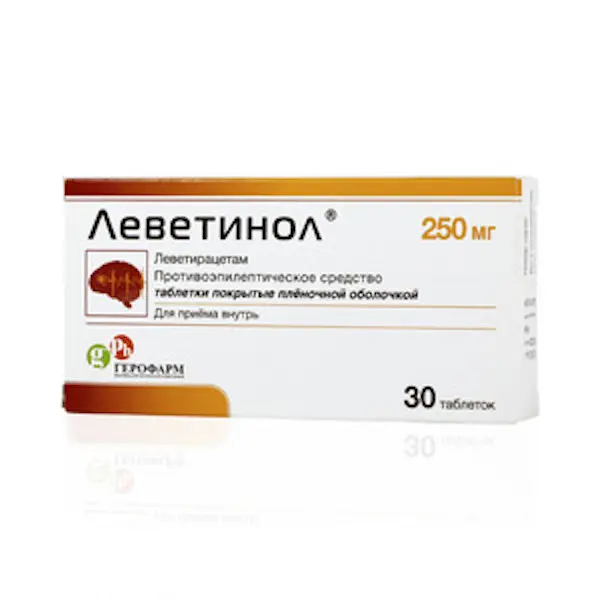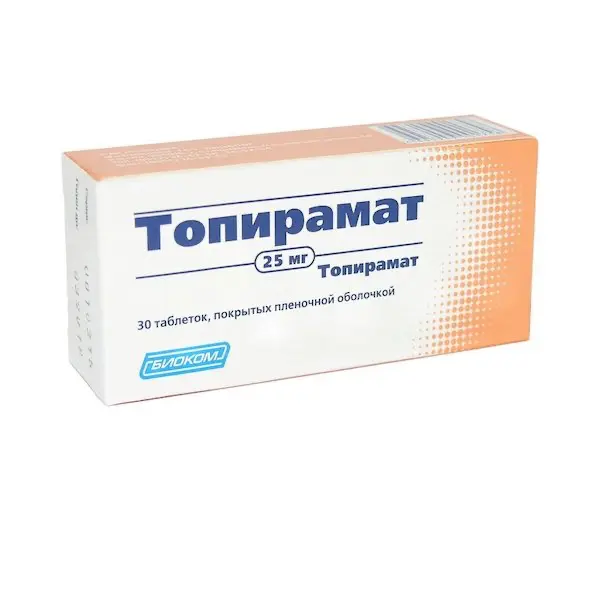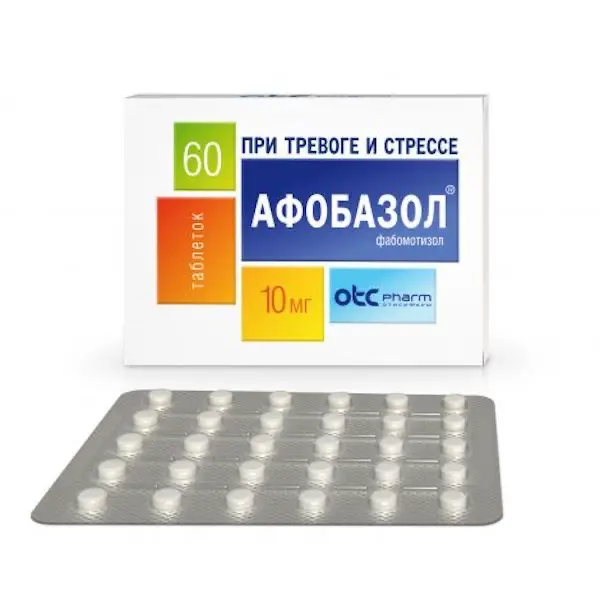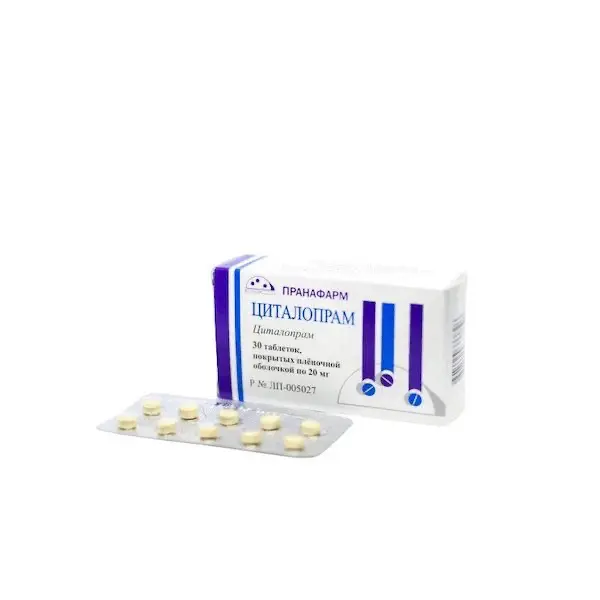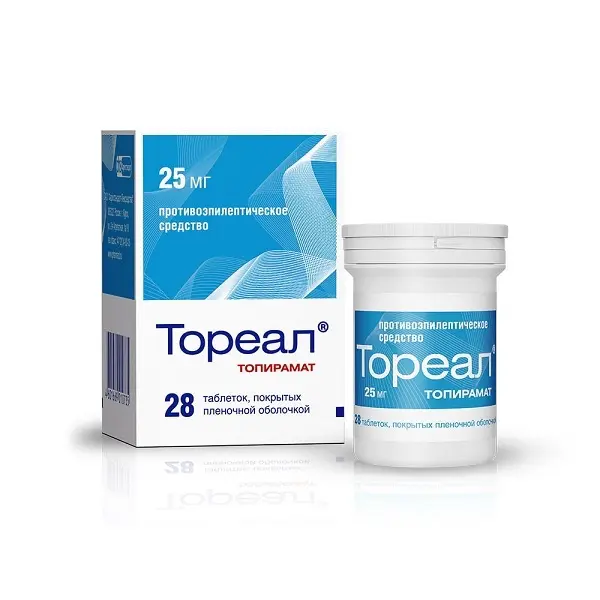Description
Levetinol Pharmacodynamics
The active substance of the drug, levetiracetam, is a pyrrolidone derivative (S-enantiomer ?-ethyl-2-oxo-1-pyrrolidinacetamide), which has a different chemical structure from other anticonvulsants.
Mechanism of action
The mechanism of action of levetiracetam is not fully understood, but it differs from that of other anticonvulsants. In in vitro and in vivo experiments it has been shown that levetiracetam does not affect the basic properties of the cell and normal nerve transmission.
In in vitro studies, levetiracetam has been shown that by partially reducing N-type calcium currents and decreasing the release of calcium ions from intracellular depots of neurons, it changes the concentration of calcium ions inside neurons. In addition, it partially eliminates the reduction of GABA and glycine channel currents induced by zinc and ?-carbolines. Moreover, levetiracetam has been shown in in vitro studies to bind to specific sites in the rat brain. This site is the synaptic vesicle protein 2A, which is thought to be involved in vesicle fusion and exocytosis of neurotransmitters. Levetiracetam and its analogues, which bind to synaptic vesicle protein 2A, show anticonvulsant activity in an audiogenic model of epilepsy in mice, and the stronger the binding, the higher the activity. These data imply that the binding of levetiracetam to synaptic vesicle protein 2A implements its anticonvulsant activity.
Pharmacodynamic effects
Levetiracetam has anticonvulsant effects in many models of partial and primary generalized seizures in animals without concomitant proconvulsant effects. The major metabolite of levetiracetam is inactive.
Levetiracetam shows anticonvulsant activity in partial and generalized epilepsy in humans (epileptiform burst/photoparoxysmal response), which confirms its wide spectrum of pharmacological action.
Indications
Levetiracetam is indicated as monotherapy for the treatment of partial seizures with or without secondary generalization in patients from 16 years of age with newly diagnosed epilepsy.
As adjunctive therapy, levetiracetam is indicated for the treatment of:
– Partial seizures with or without secondary generalization in patients with epilepsy from age 6 years.
– myoclonic seizures in patients with juvenile myoclonic epilepsy from 12 years of age.
– Primary generalized tonic-clonic seizures in patients with idiopathic generalized epilepsy from 12 years of age.
Contraindications
Hypersensitivity to levetiracetam or pyrrolidone derivatives, other components of the drug.
Childhood age under 6 years.
Usage during pregnancy and lactation
Pregnancy
There are insufficient data on the use of levetiracetam during pregnancy. Reproductive toxicity has been shown in animal studies. The potential risk to humans is not known.
Levetiracetam is recommended for use during pregnancy and in fertile women who do not use reliable methods of contraception only for good reasons.
As with other anticonvulsants, physiological changes during pregnancy may affect levetiracetam concentrations. During pregnancy, there is a decrease in plasma concentrations of levetiracetam. This decrease is most pronounced during the third trimester (up to 60% of the baseline concentration observed before pregnancy). Pregnant women taking levetiracetam should be appropriately monitored. Discontinuation of anticonvulsant therapy may lead to an exacerbation of the disease, which may adversely affect the mother and the fetus.
Breastfeeding period
Levetiracetam passes into breast milk. Breastfeeding while taking the drug is not recommended.
However, if therapy with levetiracetam should be continued during breastfeeding, the expected benefits and possible risks of treatment should be weighed against the importance of breastfeeding.
Fertility
No effect on fertility was found in animal studies. There are no clinical data and the potential risk to humans is not known.
How to use and doses
- Monotherapy in adults and adolescents from 16 years of age.
- The recommended starting dose is 250 mg twice daily, which should be increased after two weeks to an initial therapeutic dose of 500 mg twice daily. The dose may be increased in increments of 250 mg twice daily every two weeks depending on clinical response. The maximum dose is 1500 mg twice daily.
- Adjuvant therapy in adults (?18 years) and adolescents (12-17 years) with body weight 50 kg or more
- The initial therapeutic dose is 500 mg twice a day. This dose is allowed to be used from the first day of treatment.
- Depending on clinical response and tolerability, the daily dose may be increased up to 1500 mg twice daily. The dose may be increased or decreased by 500 mg twice daily every 2-4 weeks.

